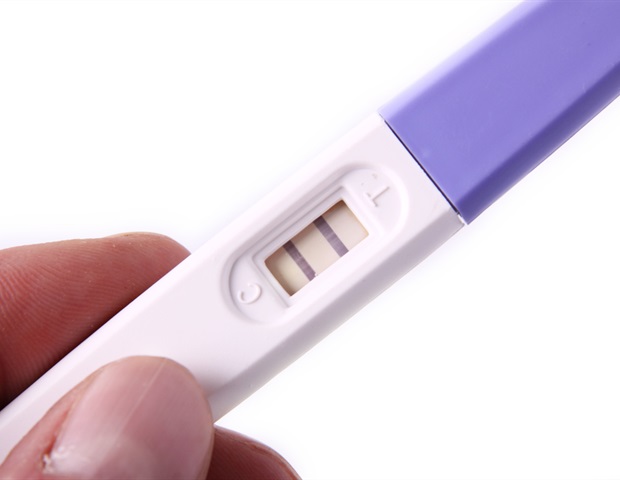When my son, Rhys, was two years old, he contracted Bacterial Meningitis that presented uncharacteristically. Unfortunately, it also coupled with an infection of his brain and sepsis of the blood.
We’re not sure at what point it happened, but his fevers from the infections lead to a rapid ossification of the cochlear; the liquid that usually carries sound turning to bone.
Within a couple of weeks of getting him home from the ICU, we noticed he was using less and less of his formerly known speech and language and retreating into what he called “his bubble.”
 Source: Christine Murray
Source: Christine Murray
When we did a couple of “home experiments”, such as using the blender he usually hated the sound of and tried to get his attention without him looking, we instinctively knew we were in the starting blocks of a very scary and surreal journey.
His profound and sudden hearing loss was confirmed the following week, which saw us pushed up the waiting list at SickKids and so started his journey with cochlear implants…with us as very naïve and unaware passengers.
We’ve learned to laugh our way through the long list of unexpected twists and turns, but here are the things I’ve learned along the way.
Denial.
This is a completely normal and acceptable response to the confirmation of your child’s hearing loss. For us, we thought there was absolutely no way he could be so lucky to survive his meningitis, only to be hit with this life-altering diagnosis.
As hearing parents, Rhys’ diagnosis was terrifying. I went into flight mode and a state of overwhelmed panic not knowing anything about the Deaf community or where to start.
Denial is normal. But don’t stop there. You’re not alone and the resources are endless. You just need to take it one small step at a time.
 Source: Christine Murray
Source: Christine Murray
Waiting, mapping, and holding.
Nothing, and I mean NOTHING about this process is fast. While the initial diagnosis may be, there is a lot of waiting and troubleshooting between audiology mappings.
There’s also a lot of sitting on the phone with implant companies to order replacement parts, especially if you have a deaf toddler who is VERY hard on his equipment.
When a patient receives cochlear implants, there’s usually a month’s wait between the operation and “activation day,” the day when the external devices are attached to the internal magnets and the recipient’s ears get “switched on.”)
The month after implantation feels like it’s never going to end, and for us, the additional risk of infection meant an almost obsessive checking of the operation sites.
We did have some very cute swollen ears to giggle at while we waited but, unfortunately, we didn’t get the emotional reaction to our voices you often see on YouTube.
For Rhys, activation day was a little bit scary and full of lots of frustrated tears. A totally “normal” and much more typical response, this was the first of many things about this journey that we’ve learned are unpredictable and often very much “Instagram vs reality” moments.


 PARENTING TIPS
PARENTING TIPS







 PREGNANCY
PREGNANCY








 BABY CARE
BABY CARE








 TODDLERS
TODDLERS








 TEENS
TEENS








 HEALTH CARE
HEALTH CARE






 ACTIVITIES & CRAFTS
ACTIVITIES & CRAFTS








 CONTACT
CONTACT ABOUT
ABOUT



